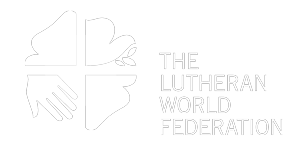The church’s seasons offer a cyclical framework for Christian life, each with a symbolic color to reflect mood and meaning.
Winter

- Advent, the four weeks leading to Christmas, is a season of waiting and preparing for Jesus’ birth. The color blue symbolizes hope.
- Christmastide’s 12 days are among the most joyous of the year. The color white symbolizes purity and holiness.
- Epiphany begins by recalling the magi’s visit to the baby Jesus, then continues by recalling his baptism and early ministry. The color is white for the Epiphany feast and Christ’s baptism, then green thereafter.
- Lent, beginning after Ash Wednesday, is a time of self-examination, penance and self-denial, all meant to foster spiritual growth. The color violet symbolizes repentance.
Spring

- Holy Week captures the immense drama of the Christian story. The color scarlet anticipates Jesus’ wounds and suffering. Palm Sunday, Maundy Thursday, and Good Friday lead to the year’s most dramatic liturgy—the Easter Vigil on Saturday eve.
- Easter follows, a 50-day season celebrating Christ’s resurrection. The color is white.
- The feast of Pentecost marks the coming of the Holy Spirit to Jesus’ followers. The color red symbolizes the fire of the Spirit.
Summer and Fall

- A long season of Ordinary Time follows, emphasizing growth in faith and service, symbolized by the color green.



